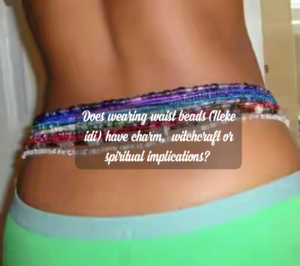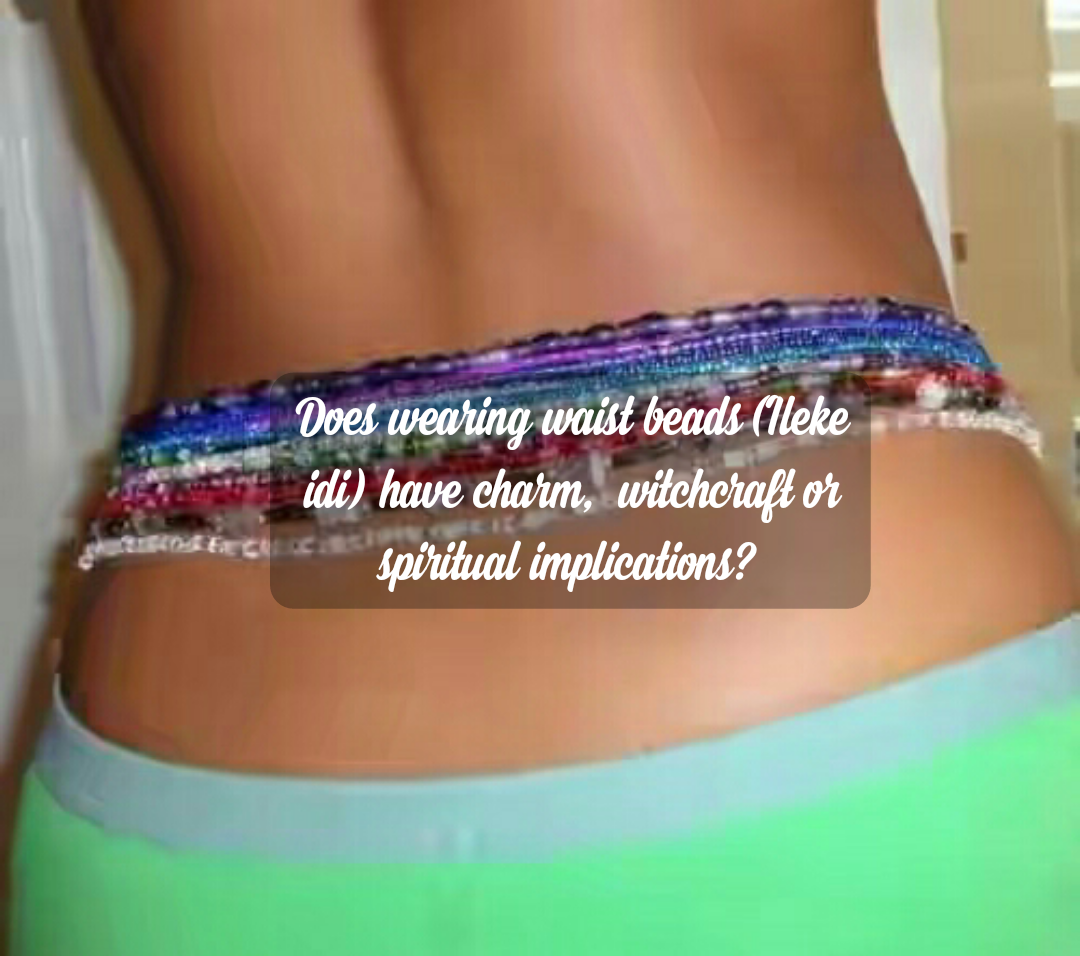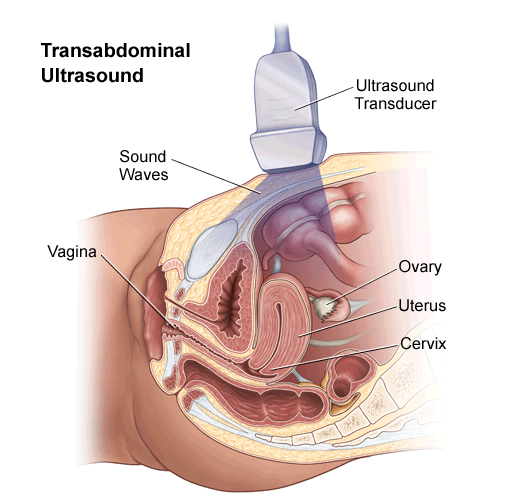Waist beads and spirituality: Do waist beads (ileke idi), rings truly have charm, witchcraft & Spiritual Implications? + A detailed history of waist beads across different cultures in Africa.
Real Reasons Why African Women Wear Ilẹ̀kẹ̀ Ìdí (Waist Beads)
Beads are usually small round pieces of pierced glass, wood or metal strung together to serve as adornment for the waist, neck or ankle beads.
Waist Beads are common with females and they are an excellent tool for women to feel more feminine and beautiful. These beautiful gemstone waist beads are hand made and customized. The tradition of wearing beads is an age long one, from time immemorial; it has been worn for varying reasons by the royalty, for body adornment, deification and decoration. The wearing of beads on the waist was made popular by the Yorùbá in Nigeria. Overtime the culture of the use of beads has been associated with both spiritual and material reasons.
In some parts of Africa, the beads are anointed in oils and the woman stands over a smoked pot and commences to ‘smoke her self’.
This practice aids in sensory pleasure for the man. Some beads are adorned with bells, which is a signal to let the man know that the woman wants to engage in sexual intercourse.
The Yorùbá have a revered usage attached to the waist beads. It is also worn as a form of birth control, as a way of preventing obesity or also for their ‘healing’ and therapeutic powers. They refer to the waist bead as ILẸ̀KẸ̀ ̀ or Lágídígba is made of palm nut shells string together, the term Lágídígba means something big, thick or massive. While the ‘bèbè’ which is also worn around the waist is made of glass. The Yorùbá have a belief that the waist beads possess some erotic appeal and have the power to incite desire or deep emotional response on men. Waist Beads in Yorùbá are also used for birth control, the beads are laced with charms and worn by the women to prevent conception and were also around the waist of baby girls to perfectly shape her buttocks.
The Yorùbá are found in the South Western geo-political delineation of present day Nigeria. They are a vibrant and social people that accentuate their ways of life in their day-to-day activities.
The art of beading is serial in process and serrated in composition. It has a step by step or one by one approach in stringing when traded together, beads stands for unity, togetherness and solidarity.
Gone are the days when beads have been thought to be worn by ‘UNSOPHISTICATED’, forward or “easy virtue” women alone, also different stories abound on the usage of waist beads by ladies and some men who believe they are infused or laced with charms or Juju will never touch a woman wearing beads with a 10 foot pole for the fear of falling under the supposed spell of such women. Waist beads and spirituality have gained traction lately.
Beads are a precious ornaments to the Yorùbá, hence when adorned by a woman, accentuates her feminism or beauty. Beads also helps to portray the chastity of a maiden or women sensuality. Parent show their love for their girl child through gifts of waist beads that are colourful and expensive.
The lagidigba or palm nut shell beads is used for fecundity purposes. The nuts signify multiple births as they are in clusters, thus one can infer the high incidence of multiple births in Yoruba land to the usage of the lagidigba bead.

Other users of the waist beads in Yoruba land are the Ifá /Òrìṣà priestesses, they adorn the waist beads for protection against spiritual attacks as well as part of their dress regalia. The waist bead is also used to adorn the Ere-Ibeji figurine on the death of a twin, there is the belief that when treated well the spirit of the spirit of the dead twin will not harm the living twin and will return to the family to stay.
Waist beads are also adorned and laced with charms to ward away the Abiku spirit (Born to die) from a woman. Apart from the Yorùbá, other groups in Nigeria also have similar usages of the waist beads in their culture the Ogonis in Rivers State refer to beads as Loo, its uses range from covering the private parts of a woman to adornment as a sign of affluence. The beads is a measure of value to the Ogonis and are also worn by bride as part of her bridal rites. The Igbos called it Mgbaji, also for adornment and a sign of social status.
The Hausas refer to it as Jigida. To the Kalabaris, the waist bead has the potency of transforming an ugly woman into a beautiful maiden once it is worn. The Ibibios see it as Nkwa-Isin, they adorn it on a female baby to help give her a good waist line, as she grows, beads of her size are adorned on her.
Priestesses of deities also wear the beads that are always colourful as part of their regalia. They also use the waist beads laced with charms for birth control. The maiden dances (Aban) also wear the beads doing dance to give a graceful hip movement when they dance.
For a while, waist beads almost went into extinction but now the re emergence of beads has added a new dimension into the craze among Nigerian Ladies. While some men ablor it, some request their partners get them as it makes them more sensual and attractive.
Waist bead in today’s fashion is relegated, ladies have a preference for western costumes such as belts, chains, g-strings to the waist beads. The culture of waist bead is going down rapidly to extinction. Religions and other spiritual reasons have been adduced for the neglect, however it must be pointed out that waist bead usage as practiced in the past is an essential element of African body adornment that is harmless and meaningful a pride and precious item which should be encourage today.
If you love ileki Idi, please wear them. The controversy about waist beads and spirituality will not end soon but it does not make those that have this erroneous thinking right. TIME reveals all things.
























